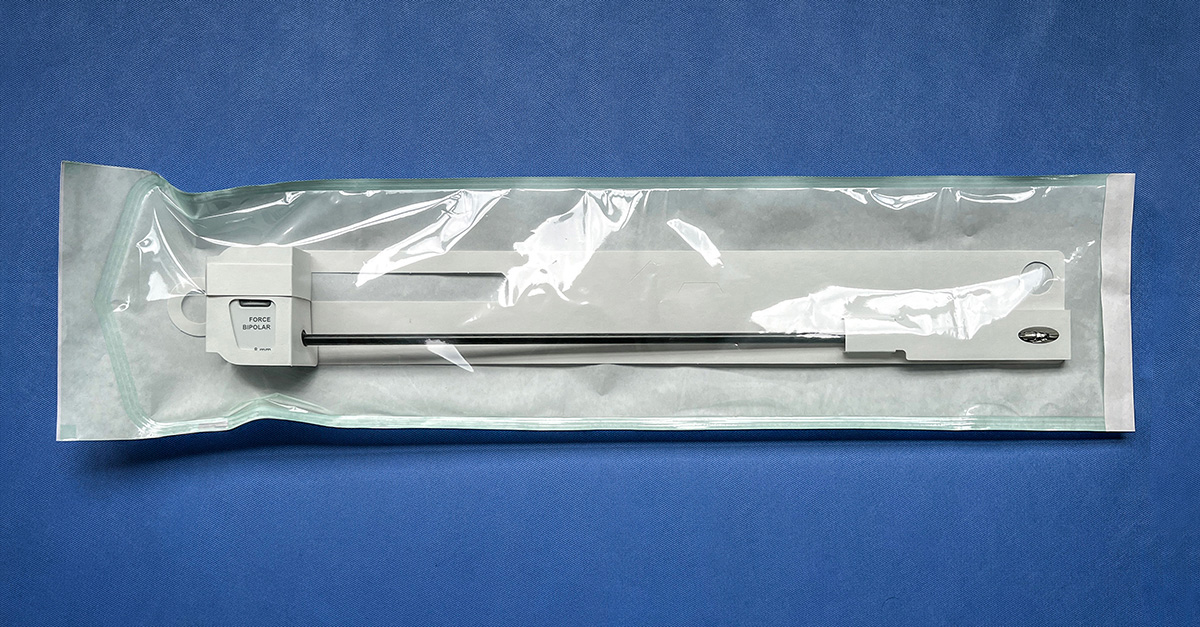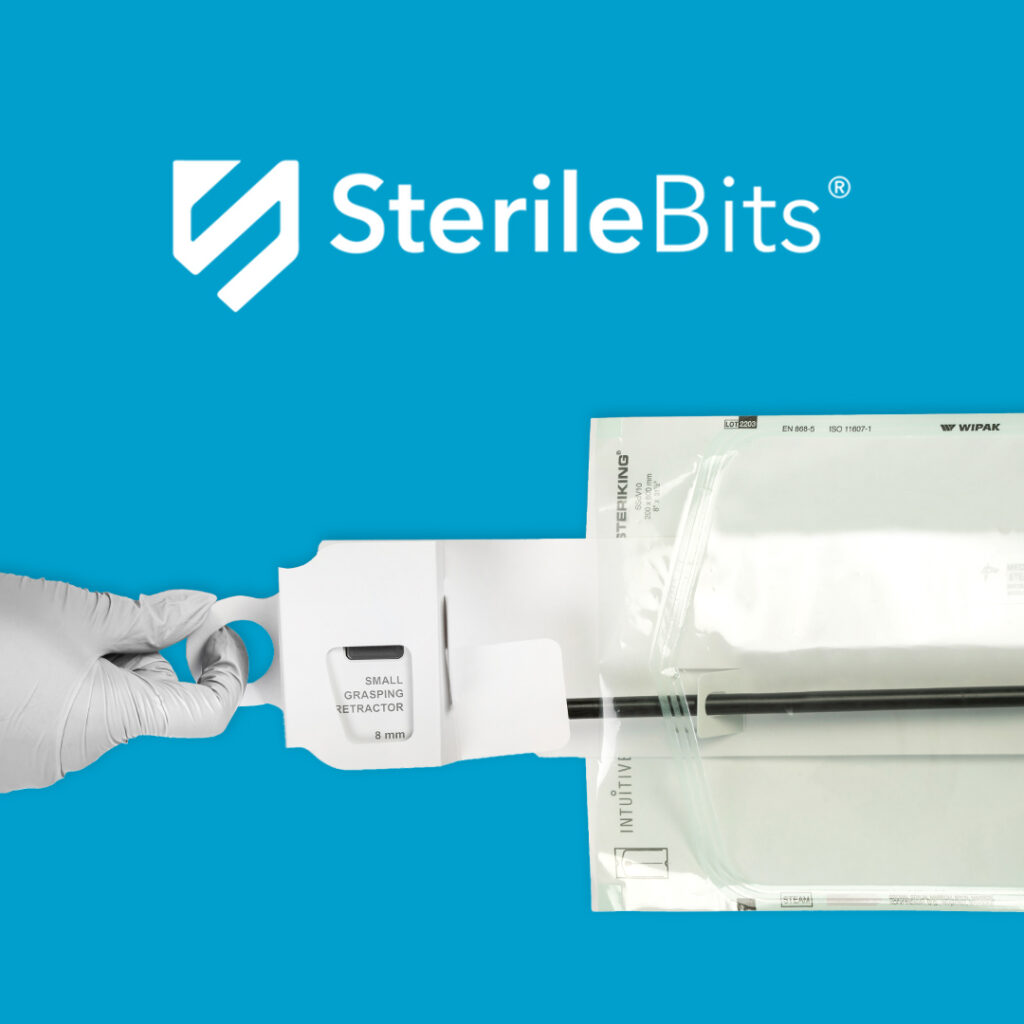
In life and surgery, we can only get close to perfection if we consider the nuances of human error. Take, for example, packaging for sterile processing. Engineers and designers can strive for “perfect” packaging all they want, but if the result is clunky, slippery, or otherwise hard-to-use for perioperative nurses and sterile processing technicians, it’s all for naught.
A recent video taken at thePACKout 2024, a healthcare packaging engineering conference, shows an audience member in a mock operating room (OR) opening sterile packaging on stage. However, when the participant tries, the contents of the package soar out and hit the floor. The video showcases how awkward packaging can lead to real problems in the OR.
According to the JAMA Network by the American Medical Association, approximately 0.5% to 3% of patients undergoing surgery will experience infection at or adjacent to the surgical incision site. In healthcare’s search for perfection in patient care, this is a percentage the whole industry is looking to decrease.
The great news is – these two problems can be solved at once. It’s no secret that sterile instrument packaging with greater ease-of-use for nurses minimizes the patient’s risk of infection, simply by reducing the opportunity for human error to contaminate the instrument. One clear way to accomplish this is by using simple, effective sterile packaging for surgical instruments. SterileBits is directly at the forefront of this race to innovation.
“Sterile Processing Departments are responsible for hundreds of instruments. These instruments themselves are very unwieldy, especially robotic instruments. They’re awkwardly shaped and hard to handle,” said Larry Patton, Director of Operations and R&D at SterileBits. “As soon as we found out that instruments were getting dropped and it was not easy to get them out of a peel pack, we got to work.”

To solve this problem, SterileBits developed instrument protector cards for robotic and hinged instruments by placing the needs of OR nurses first. These first-of-their-kind protector cards provide necessary protective structure for sterilized instruments to prevent dropping or crunching. More importantly, they feature a retrieval ring so that nurses can retrieve the instrument without putting their hand in the pouch – or, as we saw in thePACKout demonstration – the contents of the pouch pouring onto the floor and out of the sterile field. Most of all, SterileBits protective cards are made to be simple – you won’t find anything on the card that does not have a purpose. Not to mention, SterileBits instrument protector cards are entirely recyclable and produced with 100% Renewable Energy Credits.
“At its core, the card makes it easier for perioperative nurses to get their job done and get it done consistently,” said Patton.
SterileBits didn’t just guess what design innovations might make the lives of nurses easier. In addition to listening to perioperative nurses and Sterile Processing Departments (SPDs) across the United States, the company also leaned on the experience of perioperative nurse and co-creator of SterileBits products Guy Phipps, RN, BSN, MBA, CNML, Director of Perioperative Services, Cath Lab, GI & ASC Administrator. To read more about Phipps, click here.
“Our instrument protectors were designed and created by people on the inside — clinicians,” said Phipps. “It’s not just some idea that sales reps are trying to throw at clinicians without any real purpose. It’s just the opposite. We have intentionally created a product that can become a new industry standard because it’s been optimized to serve the best interests of anyone and everyone who comes into contact with it. The end users – clinicians – come first.”
Phipps, Patton, and SterileBits founder Craig Ford envision instrument protectors by SterileBits as the instigator of a new, more sterile, more seamless, and more effective perioperative practice. The card is just one means of catapulting modern surgery into a new and better era.
SterileBits: Nurses Know Best
To read more stories similar to this one, visit the blog at www.SterileBits.com or follow SterileBits on LinkedIn.
Want to bring SterileBits instrument protectors to your SPD or hospital? Contact us here.

